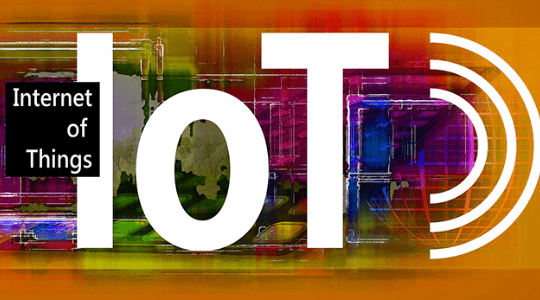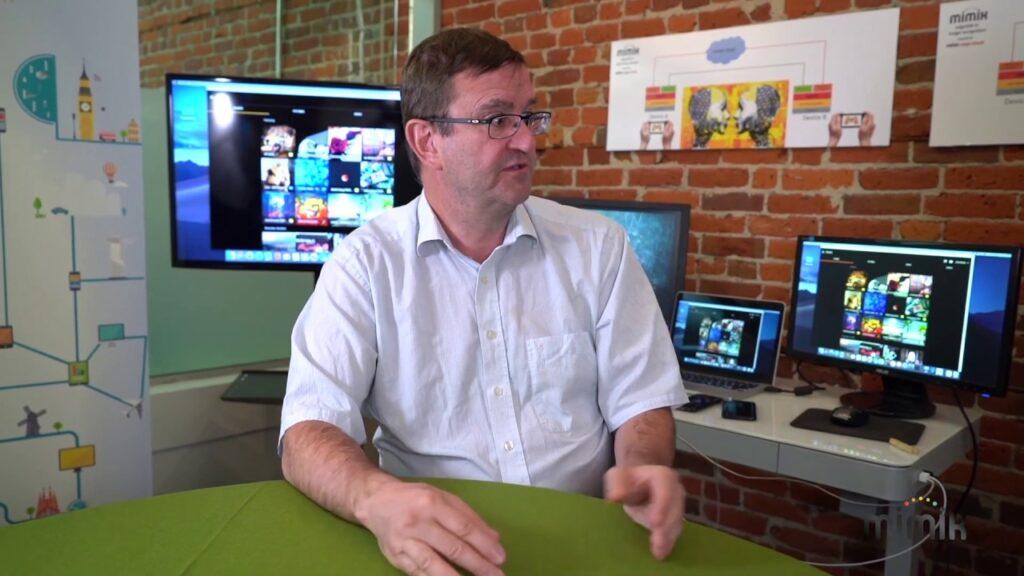Internet of Things, cloud computing, big data, autonomous vehicle… All these technologies generate a constant and growing data traffic. Edge computing is emerging as the solution to the problems of capacity and latency.
The increase in the number of devices of the Internet of Things (IoT), the increasing use of big data technology, the increase of 4K video transmission, advances in artificial intelligence, the arrival of autonomous cars and the development of Virtual and augmented reality, among other technologies, will lead to a spectacular growth of data traffic in the coming years.
“All these technological advances are contributing to the incredible growth of traffic from the Internet that reaches the data centers, posing a challenge for centralized cloud computing. According to Gartner, in 2020 there will be 50,000 million connected devices. There is not enough bandwidth to handle the explosion of data at the network limits today. As networks begin to collapse, edge cloud computing will be the savior,” says Siavash Alamouti, CEO of mimik. Likewise, Jorge Jiménez, product manager Iberia of IT Division of Schneider Electric, affirms that “edge computing is necessary because the current cloud infrastructure is not capable of supporting the service. When constraints of latency, bandwidth and regulations come into play, the cloud may not be useful and we have to approximate the computation.”
In line with this, Alamouti recalls that “many IoT applications, such as autonomous cars or touch control communications in various sectors, require a response with low latency. In this case, even if the capacity of the network miraculously increases to deal with the data, the laws of physics inhibit the remote processing of data in the central cloud due to high latencies in long-distance data transmission.”
Thus, he explains that “edge cloud computing is a paradigm shift that allows each device to communicate and share resources, making them part of the solution to scale the IoT. For example, it allows drones and robots to pool their collective resources in sectors such as manufacturing, oil and gas, agriculture or mining, providing data in real time and improving business efficiency. It will also allow the full development and implementation of big data, streaming video in 4K, artificial intelligence and virtual and augmented reality.”
What is edge computing?
Ignacio Arrieta, pre-sales manager for Commercial Spain & Portugal of Dell EMC, points out that “as the number of connected devices increases, it is increasingly difficult to send all the information captured to the data centers. Some analysts suggest that less than 40% of the IoT information generated will eventually reach a data center for processing. This has a lot to do with the expiration of the information. The relevance of much of the information generated is a few seconds. If the information has to travel to the data center, be processed and have to return an action to be executed, it is more than likely that it is late. In contrast, if we can process the information and make the decision at the end of the network, we will substantially reduce the latency and we will be able to execute the action almost immediately,” he explains.
In this sense, Carlos Clerencia, country manager of Intel Iberia, points out that “with the exponential growth of deployment of connected devices, an avalanche of data is occurring in the networks. Therefore, there is a need to manage this flow of information more efficiently. And one way to do this is by giving the device the necessary intelligence to decide what information can be discarded, and what information is relevant and should be sent, after compression and encryption. This reduces the amount of information that is entered into the network.”
The CEO of mimik specifies that edge compunting “is a technological architecture in which data is processed and analyzed on the periphery of the network, as close to the original source as possible. This means taking more processing resources to the network boundary to download the central cloud. In this case, the edge nodes are connected to each other in the traditional way, usually by means of a central entity in star configuration.”
A step further would be distributed cloud computing edge, extending the cloud to the edge of the network. “It means converting the edge nodes – any device with processing power—into clusters of cloud servers. Each task is carried out in a server-node edge- and the edge nodes are connected in an ad hoc formation based on a certain scope. When we convert any device into an edge cloud server we solve.”



